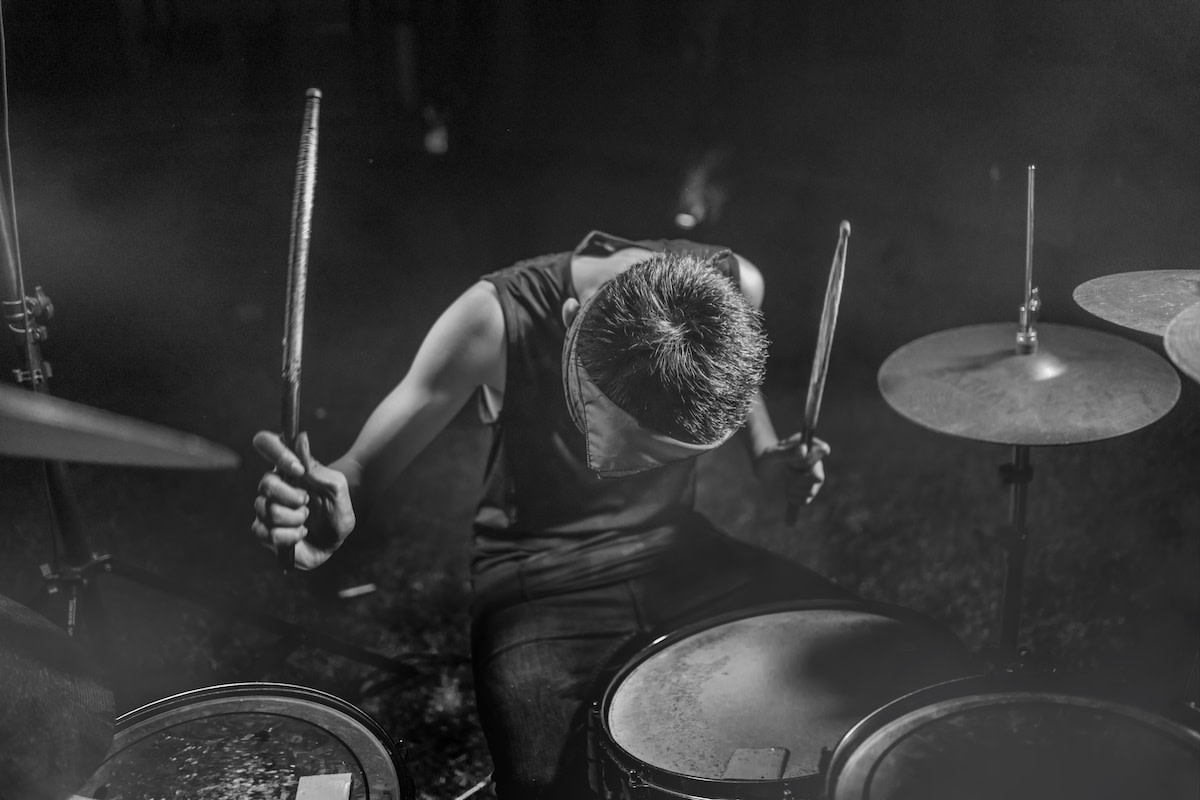Garage Rock Music Guide: A Brief History of Garage Rock
Written by MasterClass
Last updated: Jun 7, 2021 • 4 min read
Beginning in the early 1960s and continuing through all eras of rock 'n' roll, various amateur musicians have joined together in high-energy bands under the banner of garage rock.
Learn From the Best
What Is Garage Rock?
Garage rock is a style of rock ‘n’ roll that emphasizes passion and energy over pure technical ability. Rock musicians with little formal training but immense raw energy often compose garage rock bands. The term "garage rock" refers to an era when amateur musicians had little access to professional studios and would sometimes rehearse and record in literal garages.
Notable Garage Rock Bands and Songs
At various junctures, garage bands have enjoyed mainstream success. This was particularly true of the British Invasion bands that took over American airwaves on the heels of the Beatles and the Rolling Stones. Groups like the Kinks (famous for "Lola" and "You Really Got Me") and the Zombies ("She's Not There") combined the hook-heavy pop of the Beatles and the Stones but with a more raw, ragged energy that resonated with American teens.
Perhaps the most enduring garage rock song of the 1960s was "Louie Louie," written by Richard Berry but famously associated with the Kingsmen from Portland, Oregon. Other garage hits include "Wild Thing," which Chip Taylor wrote but the Troggs famously performed, and "Gloria" by the Van Morrison-fronted, Northern Irish band Them. These songs would be foundational for genres ranging from 1970s punk to 1990s Britpop.
A Brief History of Garage Rock
Emerging from early rock ‘n’ roll and evolving to incorporate psychedelia, garage rock has had many iterations over the years.
- Early days: As rock 'n' roll became a mainstream sensation in the late 1950s and early 1960s, many amateurs purchased instruments like guitars and drums and began playing them without formal training.
- British influences: These young people found inspiration in the British Invasion, an influx of 1960s British groups who stormed America on the heels of the Beatles and the Rolling Stones. Acts like the Dave Clark Five, the Zombies, Gerry and the Pacemakers, the Pretty Things, Herman's Hermits, the Troggs, the Equals, and the Yardbirds enjoyed hits on FM radio. Others, like the Kinks and the Who, would become legends in their own right. Some of these British groups were regarded as '60s garage bands, yet many brought a certain degree of musical training.
- American rising stars: The Americans who sprung up alongside the British groups were more likely to be entirely self-taught. Examples include raw bands from California like the Count Five (known for "Psychotic Reaction"), the Seeds (known for "Pushin' Too Hard"), and the Standells (famous for their song "Dirty Water" about Boston, despite being from Los Angeles). Other American garage band successes included the Sonics (from Tacoma, Washington), the Castaways (from Minneapolis), the Shadows of Knight (from Chicago), and Paul Revere and the Raiders (from Idaho and later Oregon).
- Emergence of psychedelic garage bands: As the Beatles pioneered psychedelic music in the second half of the 1960s, garage rock bands followed suit. This included a Texas band called the 13th Floor Elevators and their eclectic singer Roky Erickson, the Electric Prunes and Strawberry Alarm Clock from Los Angeles, the Chocolate Watchband from San Jose, and the Monks, which consisted of an American combo based in Europe. Although they lacked the Beatles' studio resources, these groups helped broaden psychedelia through their inventive lyrics and embrace of effects.
- Evolution into punk rock: In the late 1960s and early 1970s, garage rock would sow the seeds for punk rock thanks to Detroit-area groups like the Stooges (featuring singer Iggy Pop) and Question Mark and the Mysterians. In New York City, the garage rock scene would become almost interchangeable with punk, thanks to pioneers like Patti Smith and the Cramps.
- Garage rock today: Various garage rock revivals have occurred since the late sixties and early seventies. In some cases, this involves a return to the original garage hits like those on the 1972 Nuggets compilation. Others celebrate garage rock by incorporating it into their own music. Bands like the White Stripes, Jet, the Hives, the Strokes, and the Killers have borrowed from garage bands of the 1960s and proto-punk bands of the 1970s while adding flavors of pop and hard rock.
4 Characteristics of Garage Rock Music
A few recurring themes have defined the garage rock genre.
- 1. Focus on energy rather than ability: Garage rock bands brought raw power and emotion to their music. Although guitarists like the Kinks' Dave Davies or the Standells' Tony Valentino lacked the technical virtuosity of Jimi Hendrix or Jeff Beck, they nonetheless reached audiences.
- 2. Based on popular styles of the era: Garage rock was not a rebellion against popular styles like British pop, rockabilly, and surf rock. Instead, it played on those genres with greater abandon and less formal training.
- 3. Simple, repetitive hooks: Many amateur musicians could reasonably play along to these songs, which added to garage rock’s appeal. Songs like the Swingin' Medallions' "Double Shot (Of My Baby's Love)" and the Troggs' "Wild Thing" were simple, repetitive, and provided a template for many other garage songs. Even mainstream bands like the Rolling Stones followed this technique with single string guitar riffs on songs like "Satisfaction."
- 4. Incorporation of psychedelia: By the mid-1960s, garage bands took an active interest in psychedelic sounds and lyrics. Songs like "I Had Too Much to Dream (Last Night)" by the Electric Prunes and "Talk Talk" by the Music Machine would usher in the ambitious rock music of the 1970s.
Want to Learn More About Music?
Become a better musician with the MasterClass Annual Membership. Gain access to exclusive video lessons taught by the world’s best, including Tom Morello, St. Vincent, Sheila E., Timbaland, Itzhak Perlman, Herbie Hancock, and more.
